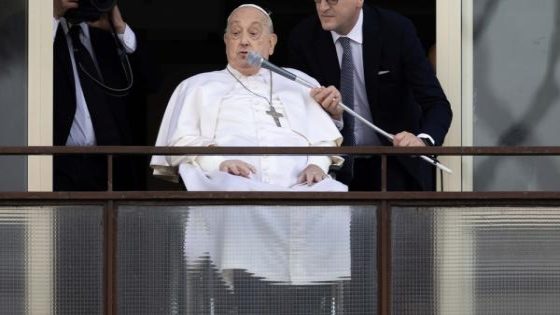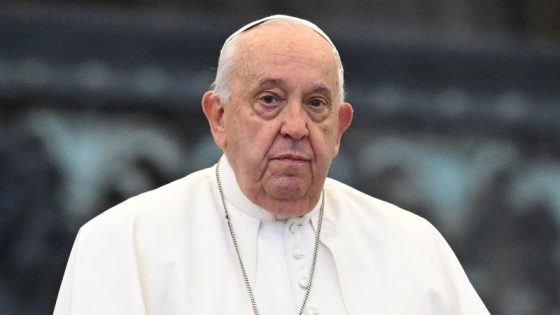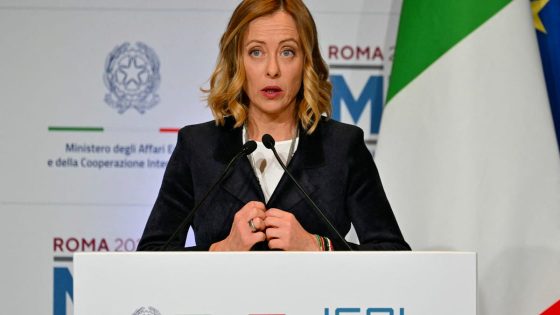Pope Francis faced a critical health scare on February 28 at Rome’s Gemelli hospital, where his medical team expressed deep concern for his well-being. Dr. Sergio Alfieri, the coordinator of the team, revealed that the pope experienced a significant deterioration in his condition, leading to fears that he might not survive.
- Pope Francis faced a severe health crisis.
- Medical team observed emotional distress on Feb. 28.
- Bronchospasm led to worsening respiratory condition.
- Pope Francis remained alert and aware throughout.
- Health care decisions delegated to Massimiliano Strappetti.
- King Charles III postponed Vatican visit for recovery.
During his hospitalization, Pope Francis experienced an episode of bronchospasm that resulted in vomiting and a sudden decline in his respiratory health. Doctors performed airway aspiration and placed him on noninvasive mechanical ventilation to assist his breathing. Throughout this ordeal, Alfieri emphasized that the pope remained alert and aware, making health decisions with the guidance of his personal health care assistant, Massimiliano Strappetti.
Key details of his hospital stay include:
- The pope was never intubated and remained conscious throughout.
- He requested transparency regarding his health status from the beginning.
- After 38 days in the hospital, he returned to the Vatican on March 23.
Upon his return, Pope Francis’s daily routine included rest, work, prayer, and therapy. He was advised to limit interactions to ensure a smooth recovery. Cardinal Pietro Parolin noted that only essential matters would be presented to the pope during this period. Additionally, King Charles III and Queen Camilla postponed their planned visit to the Vatican to allow the pope more time for recuperation, sending their best wishes for his health.
In summary, Pope Francis’s health crisis raised significant concerns among his medical team, but he has since returned to the Vatican. His recovery will require careful management and limited public engagements in the coming weeks.
































